- Toronto +1 (416) 633-5921
- Burlington +1 (905) 581-4015
- Ottawa +1 (613) 731-6224
In recent years, energy efficiency has become a pivotal focus in both architectural design and home renovation, with emphasis on sustainable living and reduced carbon footprints. Among various options, german style windows have garnered significant attention for their energy-efficient properties and aesthetic appeal. These windows, characterized by their distinctive design and advanced insulation techniques, offer homeowners not only enhanced thermal performance but also improved ventilation and natural light. This article seeks to explore the energy efficiency of german style windows through a data-driven analysis, evaluating their performance metrics compared to other window styles. By examining key factors such as heat retention, air leakage, and overall energy savings, we aim to provide a comprehensive understanding of how german style windows can contribute to sustainable building practices while also enhancing the comfort and functionality of living spaces.
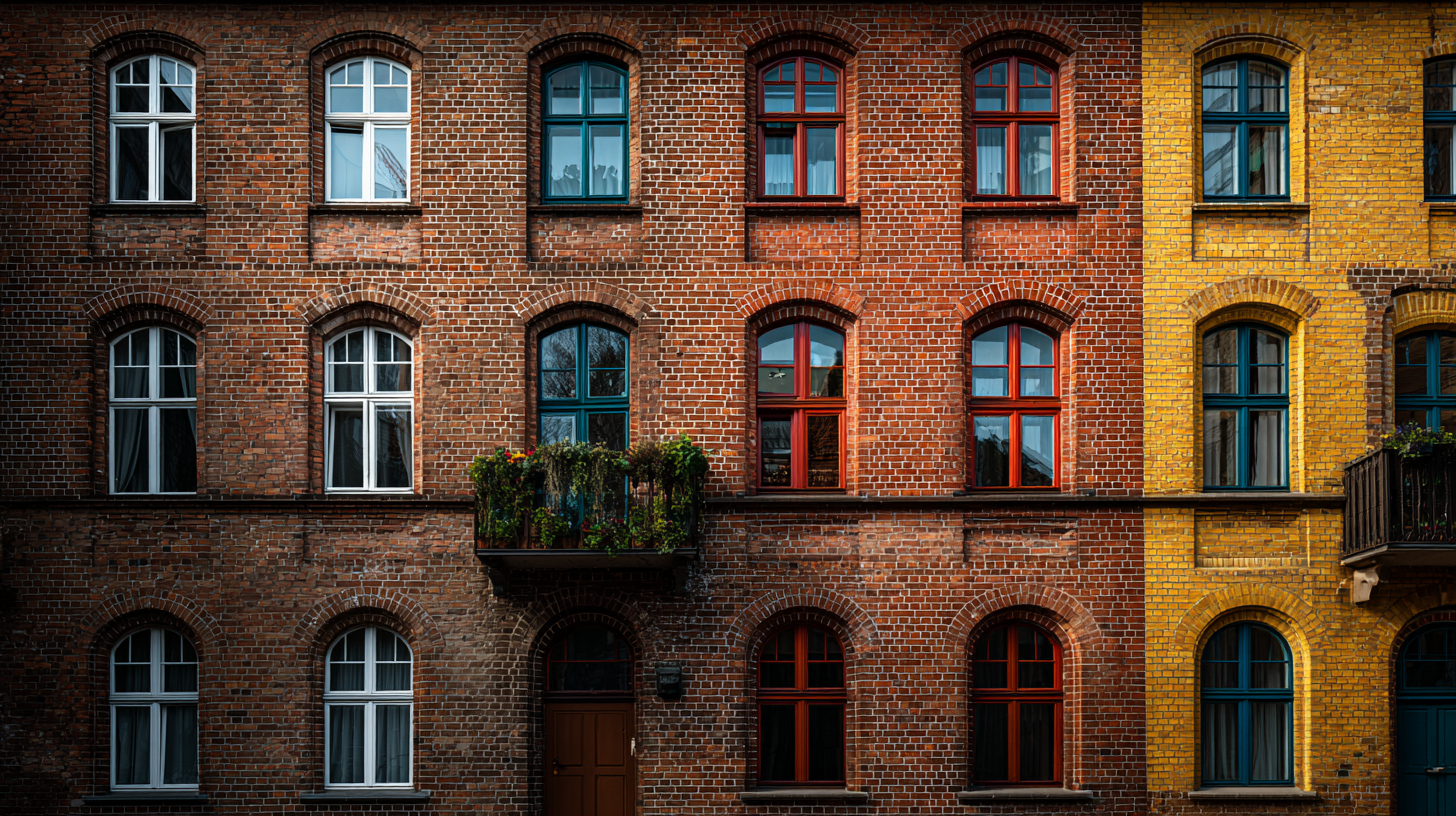
German style windows are renowned for their superior energy efficiency, which is critical in modern building design. By examining data-driven metrics such as U-value, solar heat gain coefficient (SHGC), and air leakage rates, we can thoroughly evaluate their performance in real-life applications. The U-value indicates the rate of heat transfer through the window, while a lower U-value signifies better insulation. Similarly, the SHGC measures the amount of solar radiation that enters through the window, informing us how well the window can keep interiors cool in warm weather.
For homeowners and builders looking to maximize energy savings, consider these tips: first, when selecting German style windows, prioritize those with the lowest U-values and SHGC that match your climate requirements. Additionally, incorporate proper installation practices to minimize air leaks, which can diminish the windows' efficiency. Lastly, regular maintenance, such as checking seals and cleaning frames, ensures that these windows remain effective over time, continuously delivering optimal energy performance.
German style windows are renowned for their superior insulation properties, which significantly enhance energy efficiency in residential and commercial buildings. Recent studies, including the 2022 Energy Efficiency Report by the International Energy Agency, highlight that windows are responsible for up to 30% of heat loss in buildings. German windows, designed with multi-chamber frames and double or triple glazing, can reduce this loss by as much as 70% compared to traditional single-glazed options.
A comparative analysis of insulation performance shows that the U-factor, which measures the rate of heat transfer, averages around 0.8 to 1.2 W/m²K for German style windows. This is significantly lower than the industry standard for conventional windows at approximately 2.0 W/m²K. Additionally, the incorporation of Low-E coatings and argon gas fills in the glazing enhances thermal performance and reduces energy consumption. As reported by the Window and Door Manufacturers Association, adopting high-performance window technologies like these can lead to substantial energy savings, making German style windows a standout choice for energy-conscious consumers.
This chart compares the insulation properties of various German style windows based on their U-values, representing the thermal transmittance. Lower U-values indicate better insulation performance.
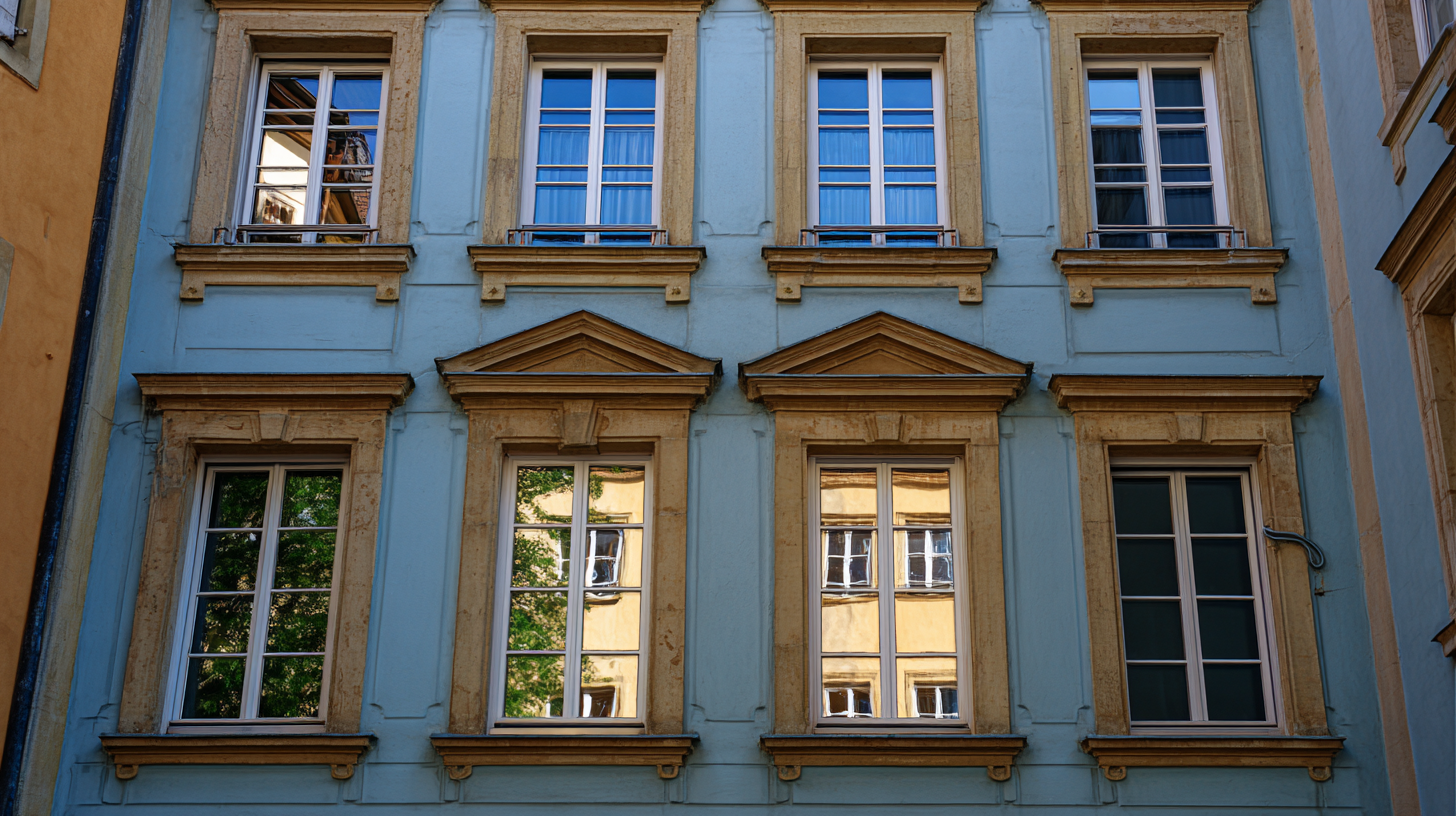 The thermal performance of windows is heavily influenced by the selection of frame materials, which play a critical role in determining energy efficiency. In the context of German-style windows, various materials such as uPVC, wood, and aluminum exhibit distinct properties that impact their insulation capabilities. For instance, uPVC frames are known for their excellent thermal resistance, significantly reducing heat transfer. This characteristic makes them a popular choice for homeowners looking to minimize energy bills and enhance indoor comfort.
The thermal performance of windows is heavily influenced by the selection of frame materials, which play a critical role in determining energy efficiency. In the context of German-style windows, various materials such as uPVC, wood, and aluminum exhibit distinct properties that impact their insulation capabilities. For instance, uPVC frames are known for their excellent thermal resistance, significantly reducing heat transfer. This characteristic makes them a popular choice for homeowners looking to minimize energy bills and enhance indoor comfort.
Moreover, the choice of frame material can also affect the overall durability and maintenance requirements of windows. Wooden frames, while providing natural aesthetics and good insulation, may require more upkeep to maintain their performance over time. On the other hand, aluminum frames, though stronger and more resilient against environmental factors, often necessitate thermal breaks to improve their insulation ratings. Thus, understanding the interaction between frame materials and thermal performance can guide consumers in making informed decisions that lead to substantial energy savings in the long run.
German style windows, renowned for their intricate design and strong energy performance, have been a significant focus in the analysis of energy efficiency. A review of the 2021 "National Energy Efficiency Report" indicates that buildings equipped with German style windows can achieve energy savings of up to 40% compared to traditional window designs. This exceptional performance stems from their superior insulation properties, which reduce heat loss during colder months and minimize heat gain in warmer weather.
Case studies from various regions highlight the tangible benefits of these windows. For instance, a project in Berlin demonstrated that replacing standard windows with German style alternatives led to a 30% reduction in heating costs over the winter months. Similarly, a residential building in Munich reported a remarkable 25% decrease in overall energy consumption after the installation of triple-glazed swings and tilt-turn windows.
This data-driven analysis underscores the viability of German style windows as an investment in energy efficiency, aligning well with global sustainability goals and the need to reduce carbon footprints.
The future of German style windows holds exciting innovations geared towards enhancing sustainability in architecture. As the building sector increasingly prioritizes energy efficiency, advancements such as triple-glazing, advanced frame materials, and improved sealing technologies are gaining traction. According to a report by the International Energy Agency, buildings account for approximately 30% of global energy consumption, making improvements in window design crucial for reducing overall energy use and emissions. German style windows, with their heritage of quality craftsmanship, are poised to lead the charge in sustainable practices.
One notable trend is the integration of smart technology into window systems, allowing for better regulation of indoor climates. For instance, electrochromic glass can change its tint based on sunlight exposure, thus reducing reliance on artificial cooling and heating. The demand for such innovations is reflected in the market, as a report from Transparency Market Research predicts that the smart window market will grow at a CAGR of over 20% through 2026.
**Tips**: When considering German style windows for your home, look for manufacturers that provide energy performance certifications. Additionally, exploring options for renewable energy sources, such as solar panels, can further enhance the sustainability of your windows. Finally, regular maintenance checks can ensure that the seals and frames remain effective, maximizing energy efficiency over time.


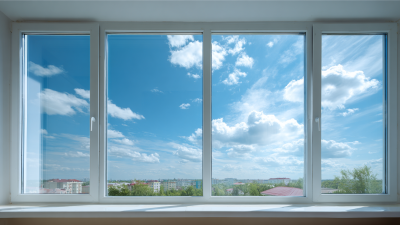
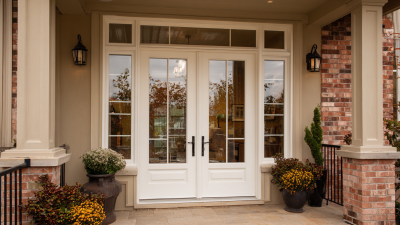


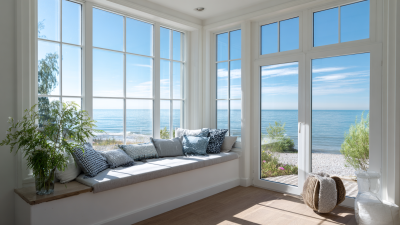
Call us one of our 3 offices across Ontario, Canada
Thanks for contacting us!
We'll get back to you as soon as possible.